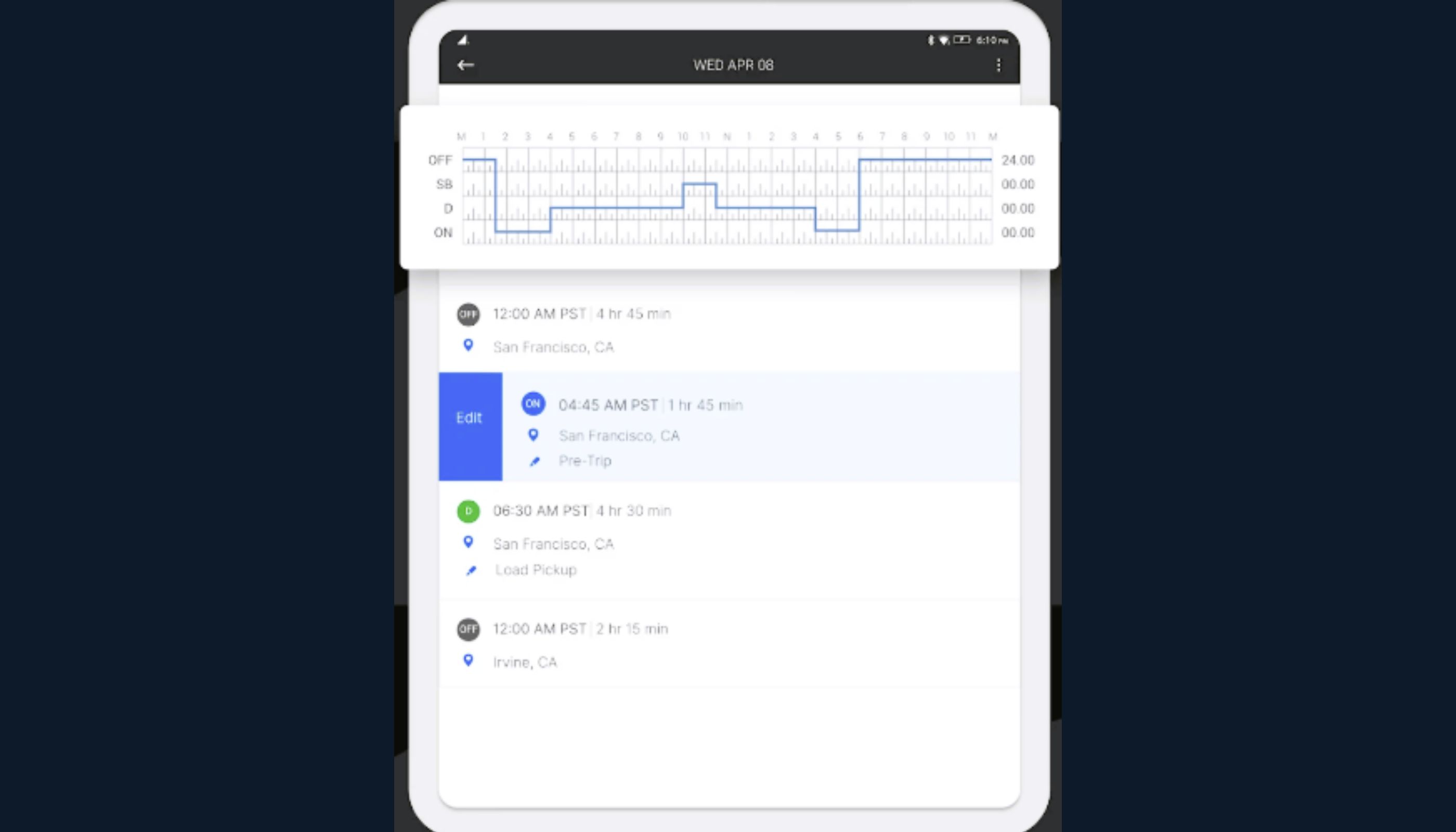In trucking, time is money, logbook is time, so logbook is money. It doesn’t matter if you have a brand-new truck or an old one, if you’ve got the best payload or anything else... if you don’t have hours in your logbook, you fail. That’s why understanding your Hours of Service (HOS) and logbook is one of the most important things you can do to be successful. At DOXA LLC, we believe that knowing how to manage your time is just as valuable as knowing how to drive. Here’s what we’ve learned from experience and what every driver should know.
LOGBOOKS CAN MAKE MISTAKES.
The logbook is not just a device with software that tells you how many hours you drove and how many you have left. This software needs to confirm what your math says. It’s a guide, not your boss! Sometimes it makes mistakes, and if it does, YOU are responsible. Violations and tickets don’t care about faulty software, they care about what’s on your logbook!
PLANNING IS EVERYTHING.
Pre-plan your day. Before you hit the road, know where you’ll fuel up, take breaks, eat, load, and unload. Plans can change because things happen on the road, but it gives you a target to hit. Keep pushing for more miles and stay ahead of the game! Drivers who plan run more miles and make more money. It’s that simple!
BE SMART WITH YOUR 10H RESET.
Don’t waste your driving hours with multiple unnecessary stops. During your 30-minute break, take care of everything: fuel, food, restroom. Use your 10-hour reset time, at night, for other things: showers, laundry, even getting a haircut. One of the best moves? Park overnight at your delivery site, if possible. You’ll be first in line in the morning and avoid city traffic.
BE SMART WITH YOUR 34H RESET TOO.
When your logbook shows around 20 hours left, it’s time to think about your reset. Call dispatch and work out the best time to take it. Never start a reset Thursday, you’ll be stuck until Monday without pre-booked loads. We’ve learned that it’s better to start your reset on Saturday night, so you're fresh and ready to run on Monday morning. Always think ahead, planning puts you a step ahead of 90% of drivers!
SPLIT SLEEPER BERTH, SAVE YOUR DAY.
The split sleeper rule is one of the most powerful tools a driver can use if you understand it.
Let’s say you're running late. You can take a 7-hour sleeper break, then finish your delivery, and complete the last 3 hours while they unload you. There are multiple ways to use split sleeper, but make sure you understand the logic before applying it.
ADVERSE CONDITIONS? KNOW THE RULES.
If you’re stuck in traffic due to a crash, heavy snow, or something unexpected, you may be able to use the 2-hour extension rule. But be careful, rush hour doesn’t count. Always call your safety team and have proof of the delay.
MANAGE YOUR DUTY TIME LIKE A PRO.
Every minute on your log counts.
- Loading/unloading? It shouldn’t take more than 15 minutes to park, check in, open doors, and back into the dock. Then switch to sleeper mode while they unload.
- Pre-trip inspections? Have a checklist, aim to finish in 15 minutes.
- Fuel stops? Combine them with your 30-minute break and quick walk-around check.
Small time savings add up, be efficient.
SET DAILY AND WEEKLY GOALS
You should aim for 600-700 miles a day when you're not loading or unloading. Weekly, your goal should be 3,000-3,500 miles to stay profitable. It’s not always easy with traffic and delays, but setting goals keeps you focused, motivated and profitable.
AVOID VIOLATIONS.
Sometimes you get in trouble for what seems like nothing, but that ‘nothing’ can cost a lot!
- Always mount your ELD where you can see it.
- Double-check truck and trailer numbers.
- Keep shipping documents updated.
- Add notes for every on-duty status: fuel, loading, PTI, unloading etc.
Little mistakes add up to big problems, so stay sharp!

